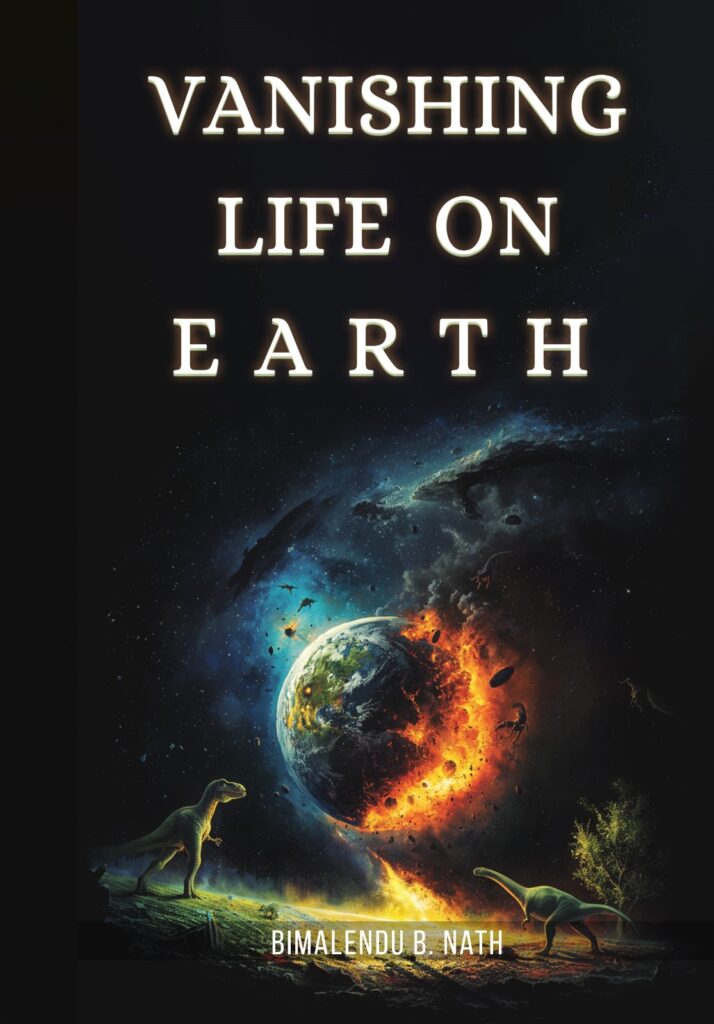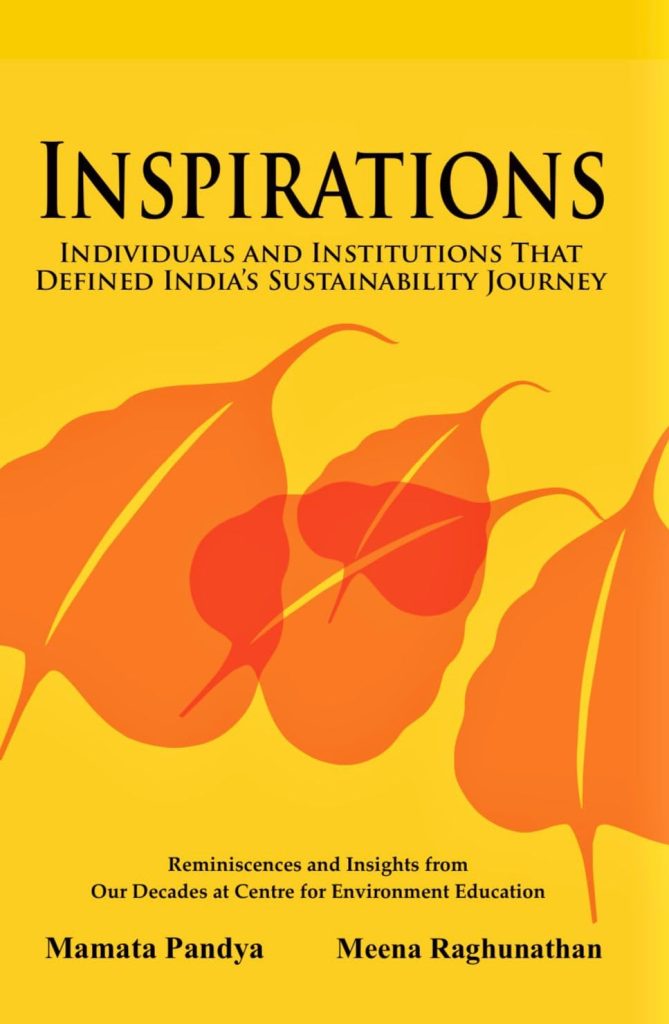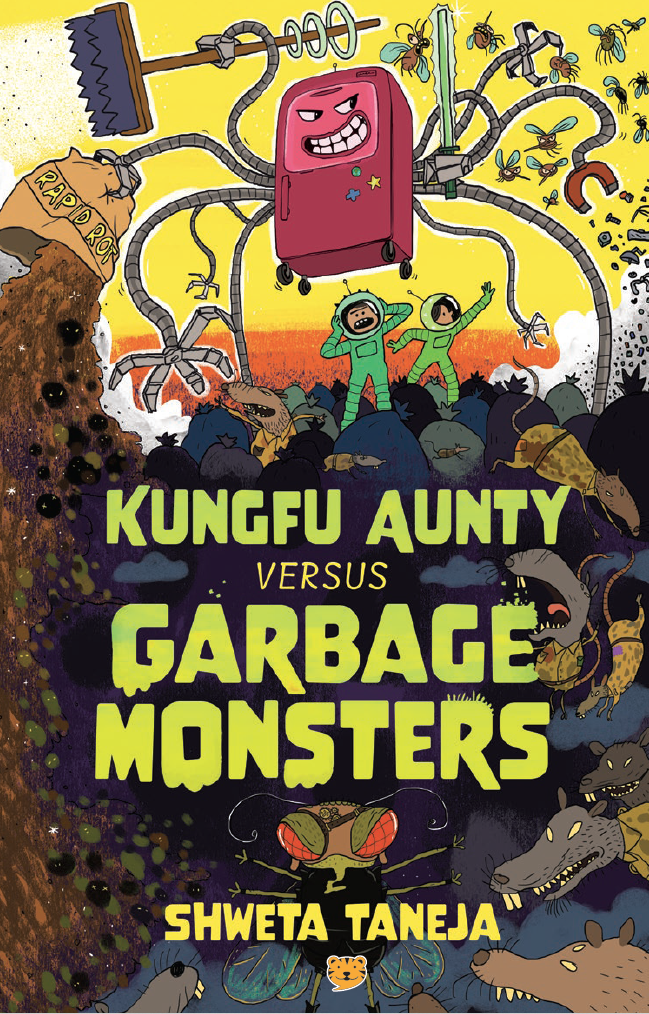Brian Walker and David Salt. Island Press (2006).
Reviewed by Fred Nelson Integrative Thinking for a Changing Planet
“Whenever we pick out anything by itself, we find it hitched to everything else in the universe,” noted John Muir over a century ago. As human knowledge grows and so does the complexity, not only of ecological systems’ biophysical components but also of their social, cultural, and institutional dimensions, it has become increasingly apparent that our way of organising knowledge along disciplinary boundaries—particularly the relatively hard boundary between social and natural sciences— greatly limits our understanding of the world.
During the past twenty years, an ambitious group of multidisciplinary scientists called the Resilience Alliance has emerged to try and develop a truly integrative framework for thinking about complex systems. They tellingly use the term ‘social ecological systems’, in recognition of the counterproductive nature of treating the human and biophysical components separately. As the group’s work has grown and expanded, they have developed a web site and blog, a thick edited volume describing their ideas called Panarchy (Island Press, 2002), and an open-access journal, Ecology and Society.
The Alliance’s latest effort, authored by one of its leading scientists (Walker) in collaboration with a popular science writer (Salt), Resilience Thinking, provides the most accessible introduction to the group’s work, ideas, and concepts. The authors’ objectives are to provide “a plainly written account of what resilience is all about, and how a resilience approach to managing resources differs from current practices.” Resilience Thinking succeeds masterfully in blending complexity and simplicity. Rich in ideas with the power to change the way people think about the world, the book is nevertheless parsimonious, at only 160 pages. The writing is lucid and manages to avoid shrouding ideas within the fog of technical jargon. Chapters alternate between five essays describing the key concepts the resilience framework has developed for understanding change in complex systems, and case studies providing practical illustrations of the concepts’ real-world application.
This format is highly effective. The authors skillfully deploy a diverse range of metaphors and practical examples to elucidate their framework. For example, one of the core concepts in resilience thinking is the idea of ‘thresholds’— effectively the same idea as the ‘tipping point’ popularized by Malcolm Gladwell’s best-seller of that name. Walker and Salt describe change in complex systems through the analogy of a tennis ball rolling around the bottom of a concave basin. Imagine that the ball is the condition of an ecosystem, while the basin in which the ball moves represents the set of possible states of the system. As the ball moves within the basin its condition changes, but so long as it is within a single basin the system maintains the same basic characteristics or functions. Now imagine that the basin lies contiguous with other similar basins, and if the ball moves enough in the basin it may roll over the rim and into another adjacent basin. When that happens, a system has crossed a threshold, and the new basin represents a system with fundamentally different dynamics, feedbacks, and functions. The ball-and-basin metaphor illustrates the key concept that change in social ecological systems is neither linear nor incremental, but often happens suddenly.
This aspect of change is central to the other fundamental concept in the resilience framework, the ‘adaptive cycle.’ The authors describe how change in complex systems tends to follow a pattern defined by four stages. Young systems undergo a phase of rapid growth, when the potential for new types of relationships or functions is high. As the system grows, it builds up more and more energy, relationships become more fixed, and the resilience of the system, or its capacity to respond to change and absorb shocks, declines. Eventually this build up of energy and declining adaptability leads to a release or collapse phase. The collapse then cycles back into a phase of reorganisation, which then leads back into the rapid growth phase.
In describing these cyclic phases, Walker and Salt use examples from both biological and social systems. It is equally useful to apply the adaptive cycle to ecological change—say, processes of forest growth and succession, which invariably cycle through phases of growth, release or disturbance, and reorganization—as to social systems and human enterprise. While the case study chapters are uniformly instructive and effectively complement the conceptual chapters, if there is one major weakness to the book it is that all of these examples come from developed countries—Western Europe, Australia, and North America. Given the intense pressures facing social ecological systems in the developing world, and the high rates of social, ecological, and institutional change currently occurring in those systems, the true test for resilience thinking will be how useful it is to understanding and anticipating system change in such settings. It is hoped this will be a major focus of the Resilience Alliance’s outputs moving forward.
In a world of accelerating change at multiple scales and increasingly interconnected social ecological systems, integrative thinking is not a creative luxury but a necessity. Resilience Thinking contains critical concepts and ideas for understanding this complexity and managing it as effectively as possible. It should become required reading for conservation practitioners and scholars around the world.
Endnote:
https://www.resalliance.org/1.php
www.ecologyandsociety.org
Originally published as:
Resilience Thinking: Sustaining Ecosystems and People in a Changing World by Brian Walker and David Salt. Island Press, 2006.
Reviewed by Fred Nelson – Integrative Thinking for a Changing Planet. January 26, 2008. https://the-back-forty.net/2008/01/26/integrative-thinking- for-a-changing-planet




